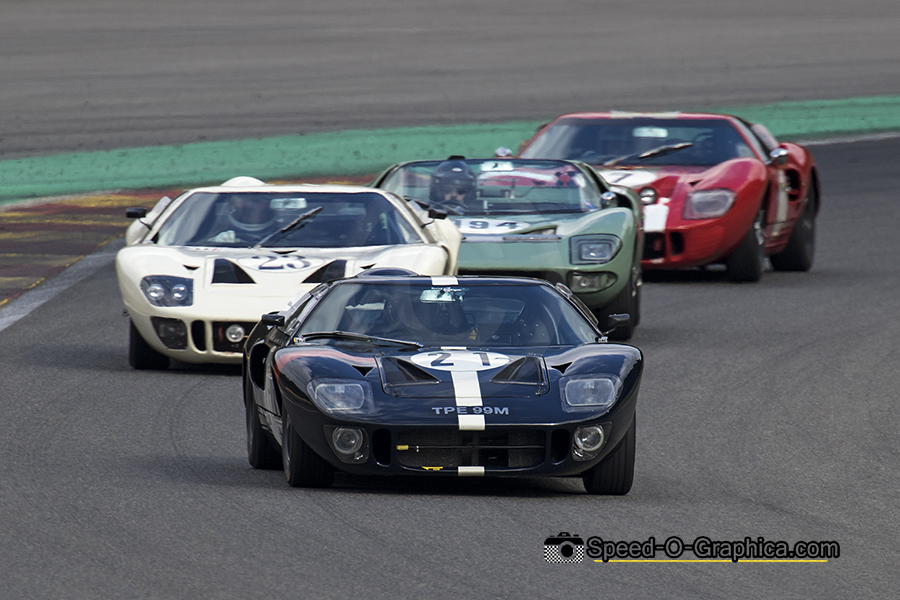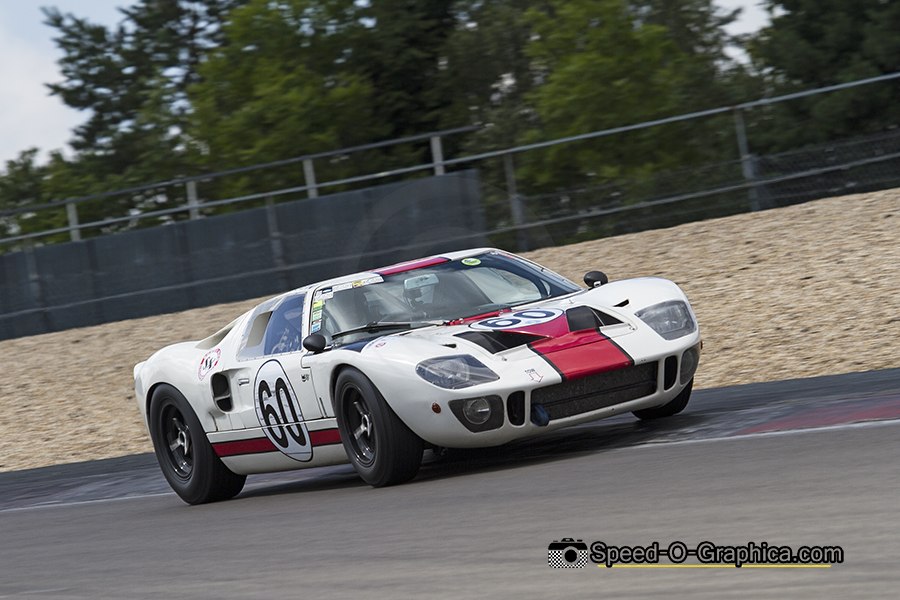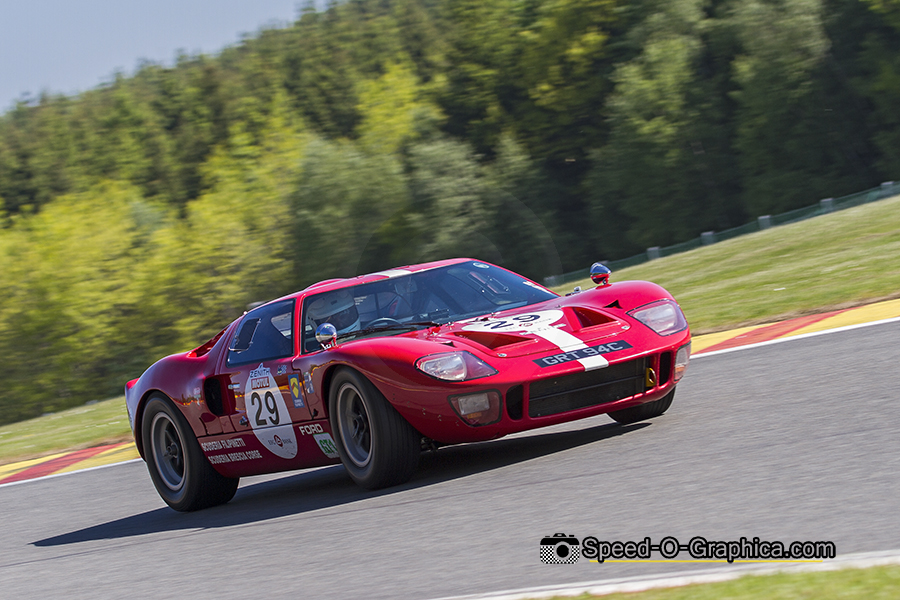Ford GT40: The Legend Lives On

Ford Motor Company’s CEO James Farley driving a GT40 at the Spa Six Hours in 2018 / Story & images by Marcel Hundscheid / Speed-O-Graphica
Fifty seven years after the Ford GT40 was introduced at the New York Motor Show, the car still has an unprecedented appeal. In a new series of articles we dive back into the history and development of this legendary sports car.
In this first part, we look in particular at why Ford set its sights on winning the 24 Hours of Le Mans and what their response was to Ferrari’s dominance.
During the early ’60s, Ferrari dominated endurance racing in Europe, winning the 24 Hours of Le Mans between 1960 and 1965. Ford had chance of a collaboration with the Italians, but Enzo Ferrari thought otherwise and before there was any talk of a new endurance racer it was announced in May 1963 by both the Ford Motor Company and Ferrari that negotiations were suspended.
Ford wanted to conquer Ferrari’s unbeaten crown at Le Mans and formed the High Performance and Special Models Operation Unit. Their goal was a racing GT car that had the potential to win races like the 24 Hours of Le Mans and the 12 Hours of Sebring.
Amongst the people in this team were Roy Lunn, who designed the Mustang 1 from 1962, along with Carroll Shelby and other Ford luminaries. Briton Eric Broadley was chosen for his Lola GT as well as Le Mans winner and former Aston Martin team boss John Wyer. In the end Lunn and Broadley both designed and built the cars in Bromley near London as Wyer was responsible for establishing the race team. Carroll Shelby acted as Ford’s front man in Europe. By the time Ford Advanced Vehicles (FAV) was established they moved from Bromley to Slough.

Kenneth Persson from Sweden in a GT40 captured at a race of the FIA Masters Historic Sportscar Championship, part of the Oldtimer Grand Prix at the Nürburgring in 2014
GT/101 and GT/102 were the first two prototypes with 101 displayed at the New York Motor Show at the beginning of April 1964. The first seven GT40s used a VIN number starting with Ford GT, while starting from car number eight the VIN number started with Ford GT40.
The GT40 prototypes were powered by a lightweight version of the Ford Fairline engine from 1963, displacing 4183 cc with a maximum peak output of 350 bhp. They were fitted with a Colotti Type 37 4-speed gearbox.
With a weight of around 865 kg, the first GT40s had a top speed of 333 kmh (207 mph). Although the top speed was incredible, the cars were difficult to control at high speeds. To solve this problem, a spoiler was installed along with some other modifications.
Speed, however, is not the most important parameter in a long distance race – you have to make it to the chequered flag. This was confirmed in the seventh round of the 1964 World Sportscar Championship at the Nürburgring. Although Phil Hill was running second, his teammate Bruce McLaren had to retire due to a damaged suspension.

Chassis GT40P/1042 driven by Frenchmen Xavier Galant and Vincent Neurisse at a race of the Peter Auto Classic Endurance Racing series, part of the Spa Classic in 2014.
At Le Mans Ford entered three GT40s driven by Phil Hill and Bruce McLaren (GT/102), Richie Ginther and Masten Gregory (GT/103) and Richard Attwood and Jo Schlesser in chassis GT/104. Ginther and Gregory qualified in second behind the Ferrari 330P of John Surtees and Lorenzo Bandini.
Sadly, by the half way point the three GT40s had left the race.Attwood and Schessler’s car caught fire, and engine and gearbox problems plagued the team, amongst other gremlins.
The list of disappointments would grow further and it was eventually decided to move the work from England to the US. Carroll Shelby was assigned operational command and Roy Lunn engineering control.
Shelby’s development driver Ken Miles discovered a problem with the design settings. When Miles reset the suspension to the original settings, the performance of the GT40 increased. With the use of a wind tunnel the team also discovered how bad the airflow was. Development work on the airflow and the move to a light weight fiberglass body and wider magnesium wheels further increased performance.
With the GT40 entering a crucial tipping point in its story, we’ll pick up the story again during the preparations for the 1962 24 Hours of Le Mans.
